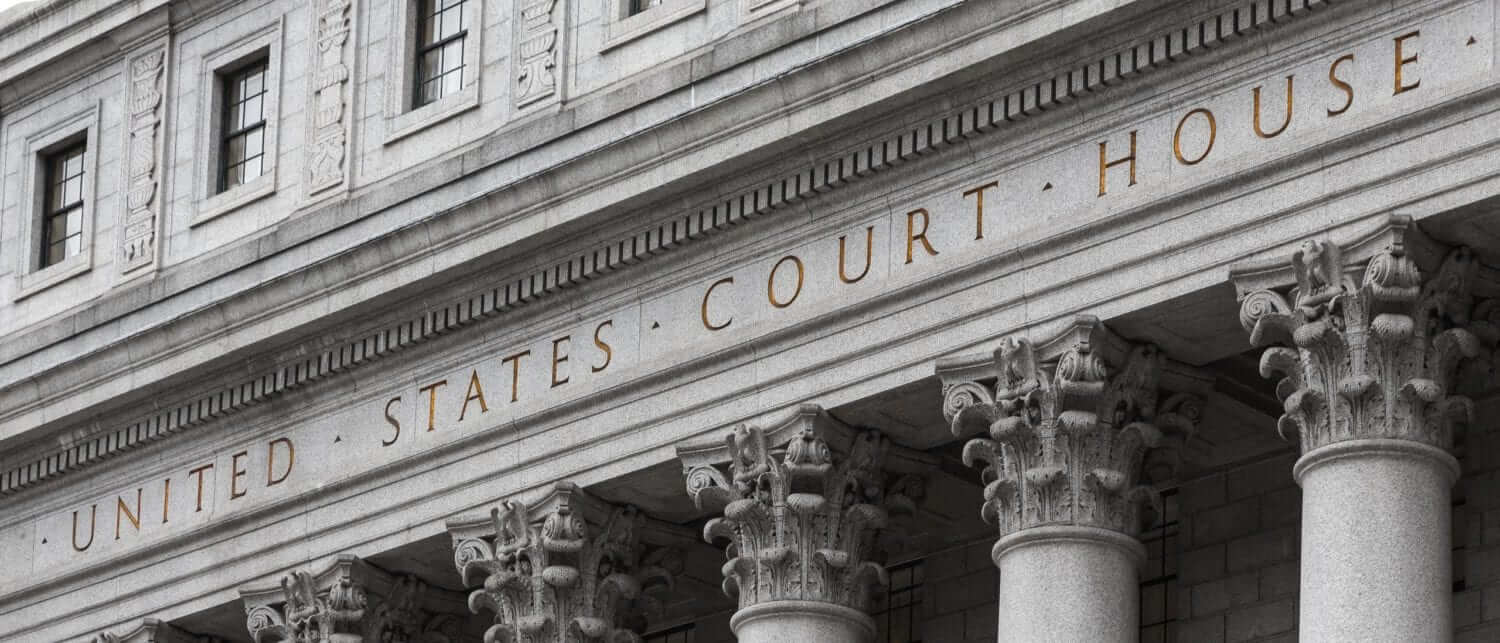
What is Money Laundering?
The best way to consider the federal crime of money laundering is to consider what a washing machine does. It cleans dirty items. That’s the same concept behind money laundering. The crime involves “washing” dirty money (i.e. money derived from a “specified unlawful activity”) and turning it into clean money through some legitimate activity.
Historically, laws against money laundering came into focus during the prohibition era of the 1930’s. Many organized crime groups received a huge boost from prohibition, coming into large sums of money by illegally selling alcohol, which they attempted to “wash” or hide its origination from the government.
“Dirty money” is considered to be ill-gotten gains from criminal activities such as extortion, insider trading, illegal betting or gambling, drug trafficking, etc. Money laundering typically involves 3 steps:
(1) introducing the cash into the financial system (“placement’),
(2) conducting a complex series of financial transactions to camouflage the original source of the funds (“layering”), and
(3) acquiring the wealth generated from these transactions (“integration”).

Common Types of Money Laundering
Money laundering can occur through several different methods, all of which can carry serious penalties if convicted. The most common laundering schemes are discussed below:
- “Structuring” or “Smurfing” – this is when larger amounts of money are broken down and deposited in smaller sums in order to avoid suspicion and detection
- “Smuggling” – smuggling involves physically smuggling and relocating money into another jurisdiction and depositing it into a foreign institution, such as an off-shore account
- “Cash-Intensive Business” – these are typically businesses that legitimately deal in large sums of cash (such as a convenience store, restaurant, or retail store), and the illegal money is comingled and mixed in along with the legal money
- “Trade-Based Laundering” – this is one of the newest forms of laundering. Trade-based laundering involves either over-valuing or under-valuing subjectively priced assets (such as a piece of art) in order to disguise the movement of money
- “Shell Companies” – Shell companies allow the true owner of the assets to be hidden, as there are no requirements that the owner be disclosed
- “Casino Capture” – this occurs when an individual takes the dirty money and trades the money in for chips at a casino, so they can report the money instead as gambling winnings
- “Black Salaries” – this occurs when a company has an employee that is “off the books,” with no registration or employment agreement, and the employee is paid “under the table” in cash with the dirty money
No matter what scheme is used, the purpose is always to move money around in order to create confusion. Sometimes this may involve wiring and transferring money through numerous accounts.

What Does the Federal Law Say?
The federal laws against money laundering appear in the United States Code at 18 U.S.C. §§ 1956 and 1957. In order to be criminally liable under federal law, an individual or business entity must conduct (or attempt to conduct) a financial transaction, knowing that the property involved represents the proceeds of unlawful activity, and the property must in fact, be derived from some unlawful activity.
The statute includes a non-exclusive laundry list of different activities and types of conduct that can trigger a money laundering charge. Additionally, 18 U.S.C.§ 1956(h) allows for a conspiracy component, which means an indictment can be brought even if a defendant did not perform the specific overt act of laundering money. The United States Department of Justice, which includes the Federal Bureau of Investigations (FBI) prosecutes violations of the federal anti-money laundering laws.
Money laundering can often be a part of a larger investigation into other crimes such as violations of the Racketeer Influenced and Corrupt Organizations (RICO) Act, drug trafficking, identity theft, murder and other violent crimes, as well as bank fraud and bribery of a public official.

Penalties for Money Laundering
The maximum penalty allowed for violation of the anti-money laundering las under 18 U.S.C. § 1956 is up to 20 years in prison, 10 years in prison for violations under § 1957, and a $500,000 fine, or twice the value of the property involved in the transaction, whichever is greater.
The government may also impose civil penalties in the amount of $10,000 or the value of the property involved, whichever is greater. Under the Bank Secrecy Act of 1970, a financial institution can receive a fine for each day and for each office or branch where a violation occurs.
There are ranges as to how much the daily fines can be, from $10,000 for failure to report a transaction, up to $1 Million for failing to establish the required policies and procedures designed to detect illicit transactions. In addition to fines and prison time, the federal government can also use its power of forfeiture, freezing and seizure to penalize money laundering defendants.

THE KEY TO A FIVE STAR DEFENSE
The law is very nuanced. Federal prosecutors have almost unlimited advantages and resources at their disposal. Having attorneys on your team that understand the law, keep abreast of legal developments in the law, have the experience dealing with the complexities of federal statutes and, finally, possess the skills to stand before a jury to make a compelling case on behalf of a client are not just important qualities, they’re critical. At The Federal Defenders. we pride ourselves on being advocates for our clients. With decades of experience with all variety and manner of federal criminal issues and defenses, we understand what it takes to put our clients in a winning position. For a free and confidential consultation, call us today at (800) 712-0000. Just like our toll-free number, we operate nationwide.


 ADVOCACY EXPERIENCE RESULTS
ADVOCACY EXPERIENCE RESULTS